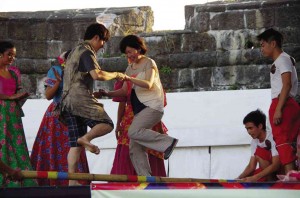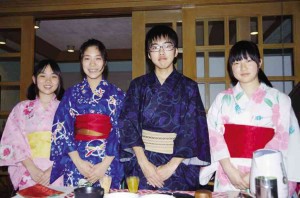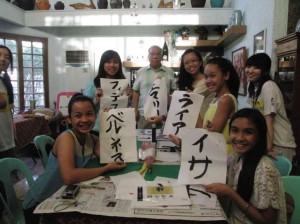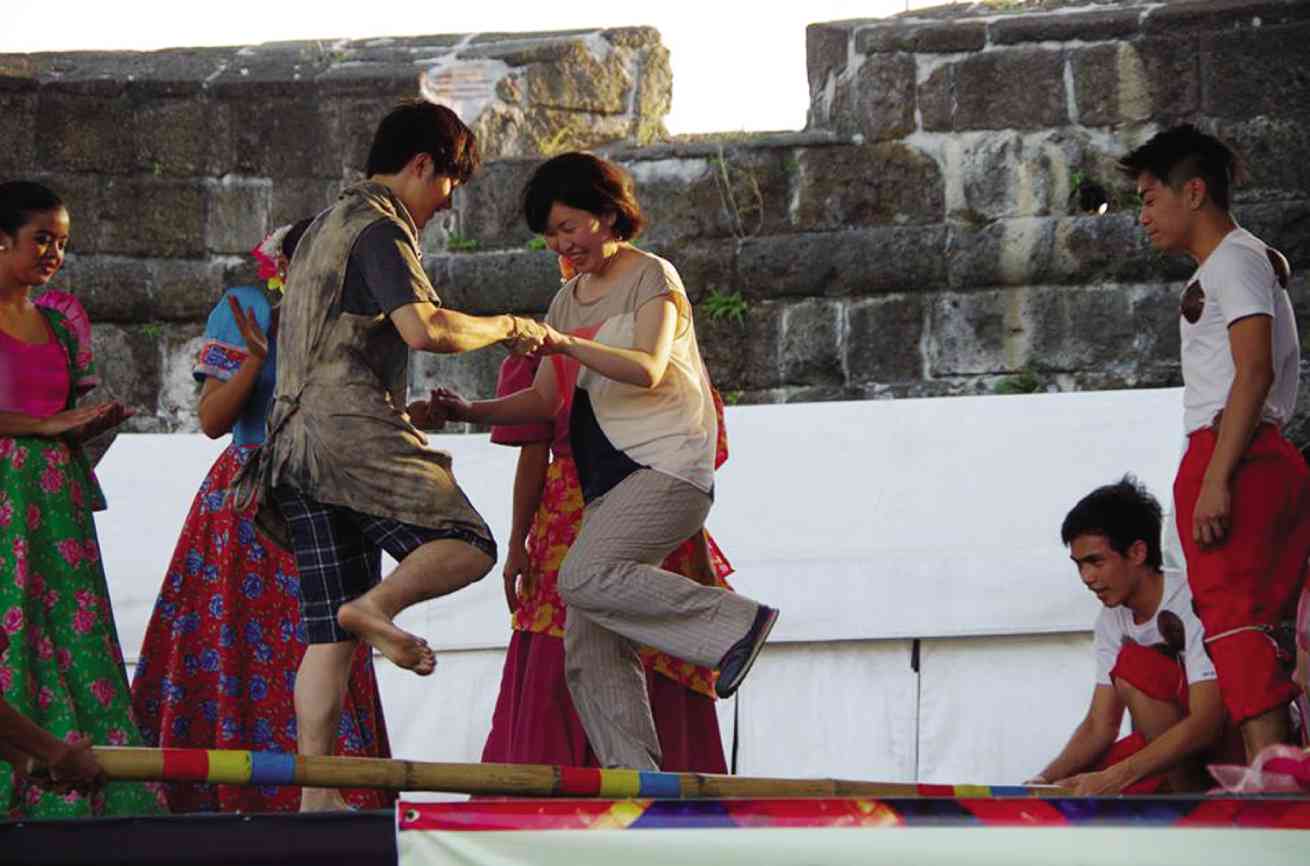
Many people believe that it isn’t possible to befriend someone they don’t share a language with. This is not surprising; to many, a shared language is essential in forming new relationships, as language is the primary means by which people communicate. However, while difficult, it is not impossible.
The Japanese believe in the concept of omoiyari. To some, it means “empathy”; to others, it means “understanding”; yet there is no single English translation for the word.
This is because omoiyari is both a way of thinking and a way of doing. It is a way of considering another person’s perspectives and

opinions alongside one’s own; yet it is also a way of acting for the benefit of both parties. The Japanese use omoiyari in many aspects of their lives, such as friendships, familial relationships and even business.
Omoiyari was the underlying theme of the Mission Project held in Manila on March 28 to April 4. The Mission Project, organized by the Asian-Pacific Children’s Convention (APCC), invites Japanese delegates from Fukuoka, Japan, to travel to various Asia-Pacific countries to immerse themselves in foreign culture through homestay and school life.
This is the first year that the Bridge Club Philippines (BCPH), the local APCC organization, served as a host for the Mission Project. Sixteen Japanese delegates arrived in Manila and were hosted by 13 Filipino Bridge Club members and their families.
Meaningful cultural exchange

According to Gel Tolentino, founder of BCPH, “the purpose of the Mission Project is for young Japanese children to visit neighboring countries in the Asia-Pacific area to have a meaningful cultural exchange and to experience homestay with a local family. It also focuses on one country at a time for deeper ties and relations.”
These ties and relations among the delegates were formed through various activities, such as hiking at Taal Volcano, a visit to Ayala Museum, painting a mural in Gawad Kalinga Aya Multinational Village, and a school immersion in San Beda College Alabang.
The delegates also participated in various cultural exchange programs: the Japanese delegates learned how to dance the tinikling, while Filipino delegates learned about the green tea ceremony and calligraphy writing.
Having been a host myself, I admit that it was initially difficult to communicate with our Japanese delegate. There were plenty of awkward silences, and oftentimes there was a need to resort to sign language.
However, as I slowly got to know her better, I found that I could better anticipate her needs and wants. In a way, I was able to connect with her on a deeper level, a level that I believe cannot be fully achieved through language—the omoiyari level, if you will.
It was also through omoiyari that many of the other delegates were able to connect to each other, breaking the language barrier.

“Filipinos and Japanese are very different people; we speak different languages, our ways are alien to each other… yet with the concept of omoiyari, we were able to break down the walls that were built by such differences. We were able to propagate values such as respect, understanding and empathy amongst ourselves,” says Gillian Guiang, a Filipino delegate.
Kiel Mamauag, BCPH council member, commented, “It was amazing how attached we became on our last day, and the project was not even one full week. Embracing our differences and looking for common ground really helped us build strong foundations for our bridges.”
The Mission Project in Manila serves as proof that building new relationships and fostering friendships need not be hindered by certain barriers. Through empathy, understanding and interdependence, anything is possible. That is the omoiyari way.
PHOTOS BY BRIDGE CLUB PHILIPPINES AND MARIKOKAJIHARA













































